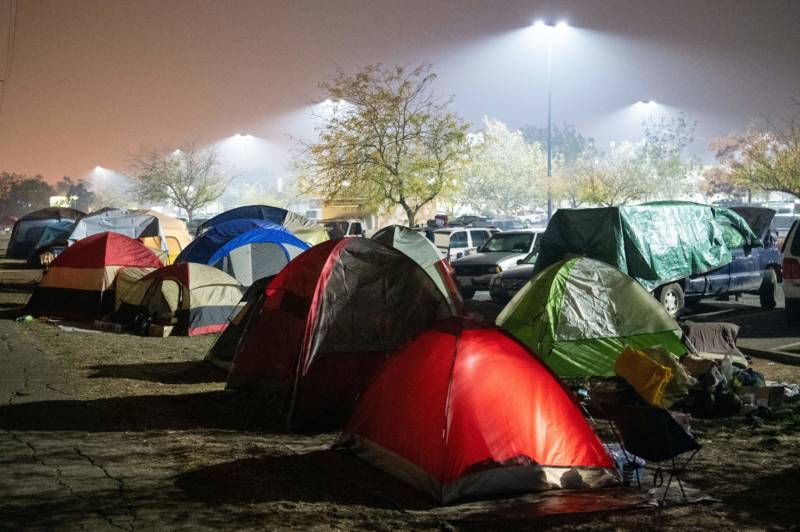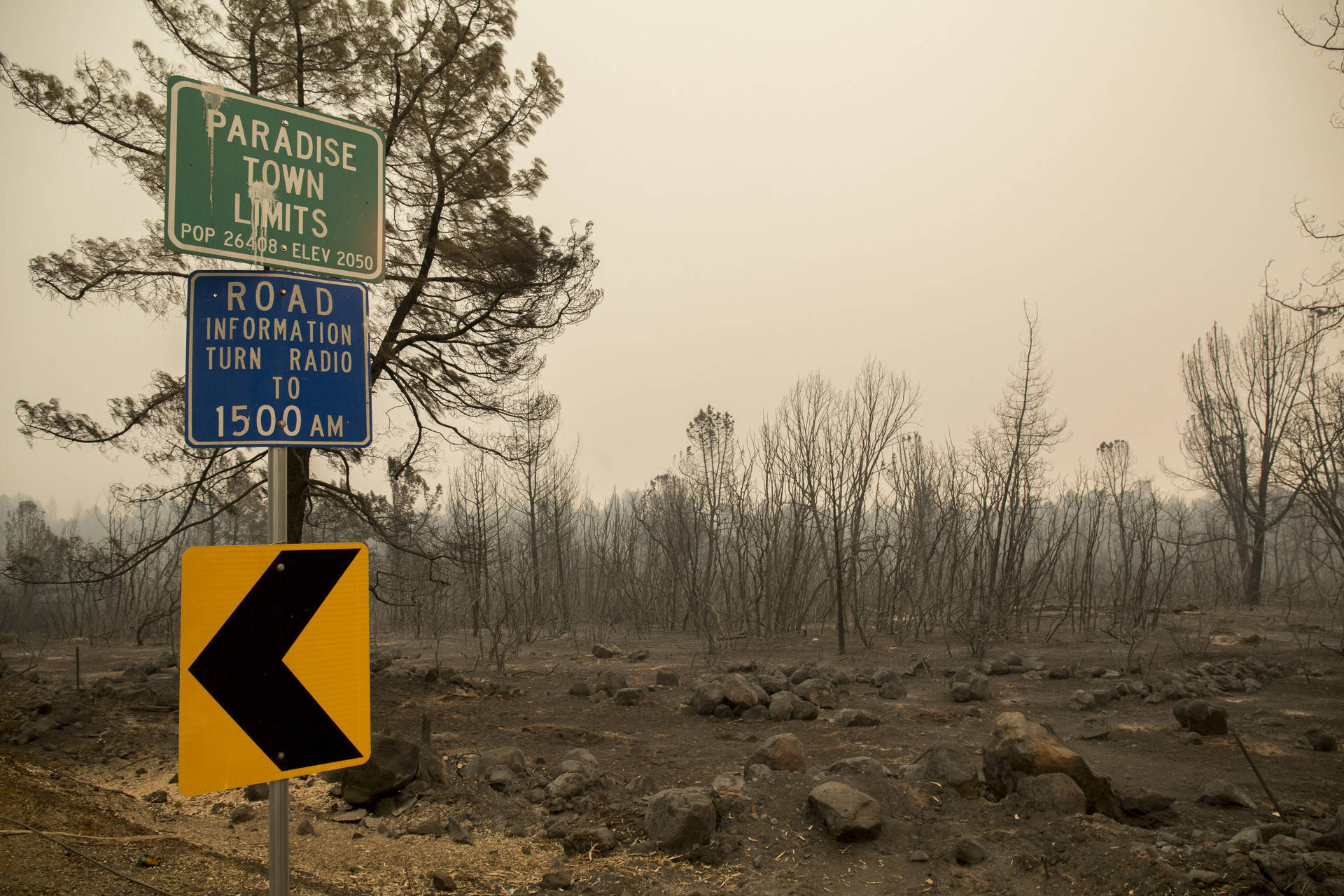A series of storms expected to arrive in California starting Tuesday night could bring heavy rains onto landscapes denuded by wildfires. Officials are warning that could mean flooding, mudslides, and more dangerous “debris flows,” where the flowing mud picks up loose debris on the surface, like trees, boulders and remains of destroyed buildings.
A storm forecast to arrive tonight and continue through Wednesday could bring several inches of rain to Butte County, where the deadly Camp Fire has scorched more than 150,000 acres.
“This could quickly become a dangerous situation,” says the National Weather Service flood watch. “Residents, emergency responders, persons traveling within the burn area should remain alert, and take action should heavy rain develop.”
There are few residents in the fire zone who could be affected by flooding, says Tony Hernandez, Cal Fire public information officer. “Some residents have been allowed to return to their homes,” he says, but “the fire impact area has virtually no public access granted so far.”
The rain could pose a threat to teams working in the fire zone — including utility workers and people working to find and identify human remains — who will have to contend with, at minimum, slick roadways. People traveling along portions of Highway 70 and the Skyway in Butte County should be prepared for flooding, rock falls, or debris flows.

At a tent encampment near a Walmart in Chico, set in a vacant lot that’s known to flood, some evacuees have left ahead of the rain. But others are staying. Volunteers have been bringing in tarps, as well as pallets to get sleeping bags up off the ground.

